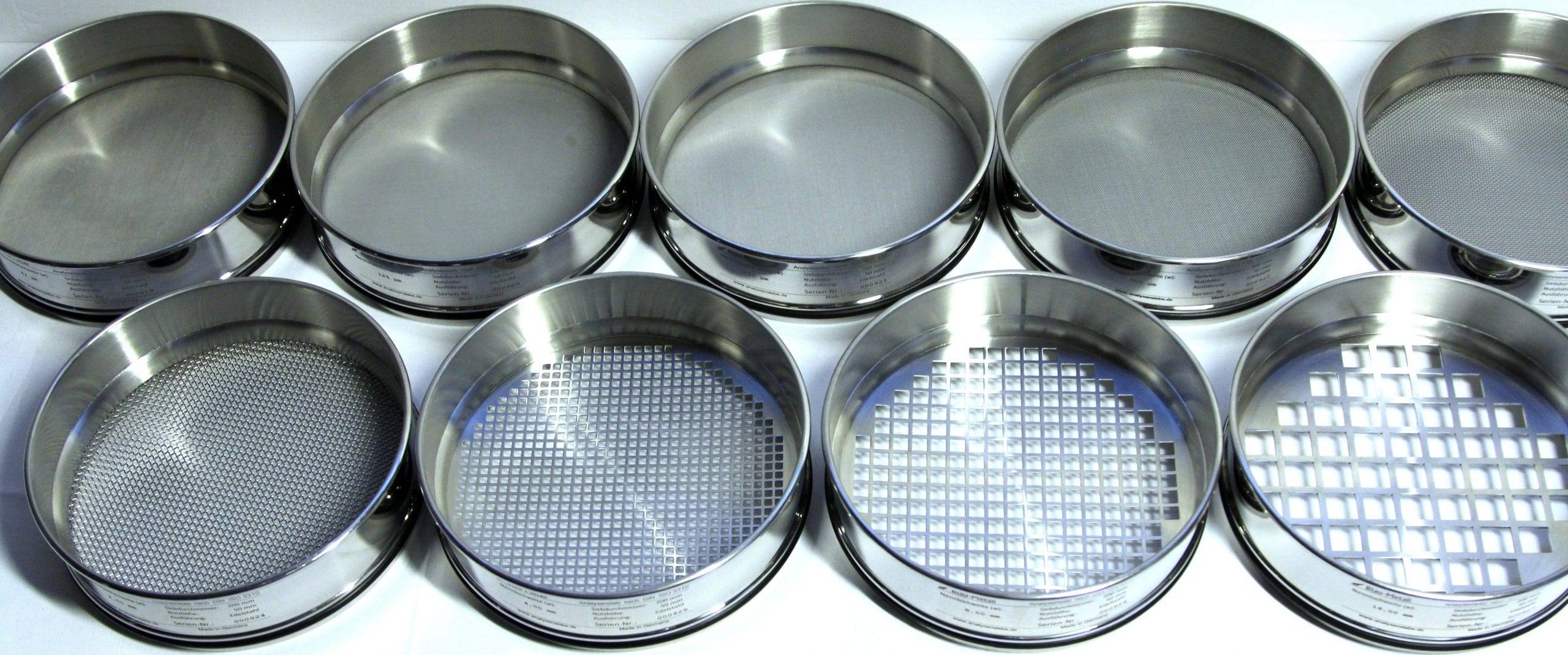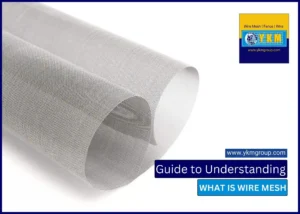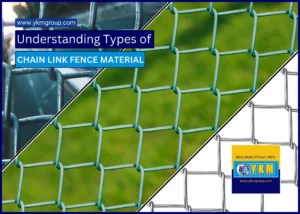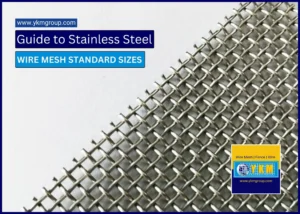Understanding different types of sieves is most essential for industries, from pharmaceuticals to food production. With so many different sizes and types of wire mesh available for sieves, it can be overwhelming to choose the right one for your specific needs. However, understanding the various types of sieves and their specific uses can make all the difference in achieving accurate and reliable results.
In this article, we’ll break down the different sieve types and their uses, giving you a comprehensive guide to help you make the right choice for your industry and application. Whether you’re looking for a sieve that can handle fine powders or coarse materials, we’ll help you find the perfect screen sieve for your needs. So, let’s dive in and explore the world of sieves!
Types of Sieves
Sieves are categorized based on their size and the material used to make them. There are five different types of sieves majorly seen which are:
- Standard test sieves
- Wet washing sieves
- Microplate sieves
- Air jet sieves
- Sieve shakers and accessories.
Let’s take a closer look at each of these types.
Standard test sieves

Many industries commonly use standard test sieves as the most prevalent type of sieve. Manufacturers make these sieves from stainless steel, offering various sizes that range from 3 inches to 18 inches in diameter. Users employ them to determine the particle size distribution of a sample. Standard test sieves are available in different mesh sizes, ranging from stainless steel mesh from 20 mesh to 635 mesh.
The pharmaceutical industry widely utilizes standard test sieves to determine the particle size of APIs (Active Pharmaceutical Ingredients). The food industry also uses these sieves to ensure that food products meet the required particle size distribution.
Wet washing sieves

Microplate sieves actively determine the particle size of very fine powders. They are made of stainless steel and have a mesh size ranging from 100 mesh to 635 mesh. The mining industry extensively employs wet washing sieves for separating minerals, while the food industry uses them to separate particles in liquid food products. Wet washing sieves actively incorporate a nozzle that sprays water on the sample, effectively washing away smaller particles. The sieve actively retains larger particles, and users subsequently weigh them for measurement.
Microplate sieves

Microplate sieves actively serve as small sieves for determining the particle size of very fine powders. Manufacturers make them of stainless steel and provide a mesh size ranging from 100 mesh to 635 mesh. The pharmaceutical industry commonly utilizes microplate sieves for determining the particle size of very fine powders. These sieves have a specific design that allows them to fit into a standard microplate, ensuring ease of use. Additionally, they find application in the research industry for determining the particle size of nanomaterials.
Air jet sieves:

Users employ air jet sieves to determine the particle size distribution of very fine powders. These sieves, are commonly from 20 mesh stainless steel to 400 mesh. The pharmaceutical industry commonly utilizes air jet sieves to determine the particle size of APIs.
Air jet sieves incorporate a design with an air jet that forcefully blows the sample through the sieve screen. The sieve permits smaller particles to pass through, and users subsequently measure their weight.
Sieve shakers and accessories:
The pharmaceutical industry and the food industry widely use sieve shakers. They are available in different types, including electromagnetic sieve shakers, sonic sieve shakers, and orbital sieve shakers. Manufacturers design these shakers with accessories that enhance their ease of use. Some common accessories include sieve storage racks, sieve brushes, and sieve pans.
Common uses for different Sieve types
Many industries, including the pharmaceutical industry, the food industry, and the mining industry, use sieves. These sieves determine the particle size distribution of a sample. In the pharmaceutical industry, Seives determine the particle size of APIs. Food industry use sieves to ensure that food products meet the required particle size distribution. In the mining industry, sieves actively separate particles of minerals that dry sieving cannot separate.
Choosing the right mesh for different types of Sieves
Choosing the right wire mesh for your application is essential in achieving accurate and reliable results. When choosing a sieve screen, you should consider the material you are testing, the required particle size distribution, and the type of sample you are testing. For example, if you are testing a liquid sample, you should use a wet washing sieve with stainless steel mesh wire. If you are testing a very fine powder, you should use a microplate sieve or an air jet sieve.
استنتاج
In conclusion, understanding the Different sieve types and their specific uses is vital in selecting the right sieve for your industry and application. Whether it is standard test sieves, wet washing sieves, microplate sieves, air jet sieves, or sieve shakers, each type serves a unique purpose. By considering the material you are testing, the required particle size distribution, and the type of sample you are testing, you can make an informed choice and achieve accurate and reliable results in your particle analysis.
If you are still confused with choosing the right material, we got you covered. YKM Group is the top manufacturer & supplier of wire mesh with over 40 years experience. Our experts have the capacity the requirement suggest the best mesh possible for the requirement.




